
OR
Opinion
Outmigration, Social Change, and the Elderly
Published On: April 14, 2023 09:00 AM NPT By: Udaya R Wagle
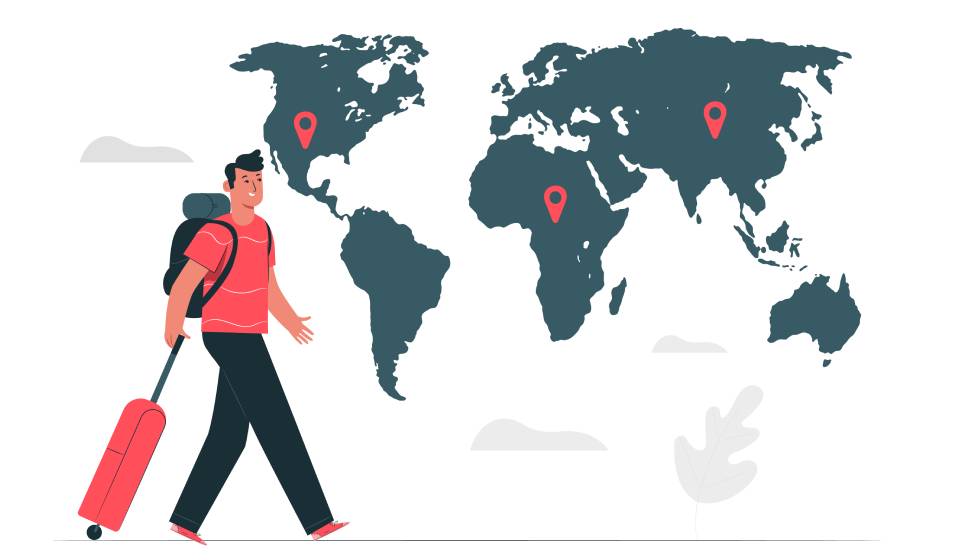

Udaya R Wagle
Dr Wagle is a Professor of Public Affairs and Administration at Western Michigan University in the United States.news@myrepublica.com
More from Author
The current wave of globalization has led to an unprecedented degree of labor mobility not just between developed and developing countries but also among developing countries themselves. As the migration flow has increased steadily from 77 million in 1960 to 281 million in 2020 globally, immigrants make up a growing share of the population in many emerging economies in the Middle East and Asia. No doubt, labor mobility impacts both sending and receiving countries through jobs, productivity, and remittances at the macro level. Its impacts at the micro level have been even more transformational especially in the sending countries. Since younger generations leave their loved ones behind, the pre-capitalist system and values of family, self-help, and elderly care are now increasingly unraveling.
Nepal is an active participant in this international mobility nexus generating remittances of close to 30 percent of GDP from millions of its citizens abroad. The newfound experience of this quintessential case can help understand the nature of social transformations occurring in migrant-sending countries across Asia, Africa, and many other developing countries today.
Labor mobility bifurcates into permanent and temporary moves. Most of the traditional forms of mobility, especially to the West, have been permanent since even temporary moves for study, exchange, seasonal employment, or asylum seeking provide a path to family unification, longer-term stays, and citizenship. Some of the emerging contexts of labor migration across the Middle East and Asia, however, have been for temporary employment in which migrant workers have limited opportunities to participate in the larger society and extend their stays beyond a specified duration.
This distinction between temporary and permanent moves is significant for sending countries as well. Most of the temporary migrants, for example, tend to be less-educated, low-skilled workers from weaker socioeconomic backgrounds. The impact of migration of this group mostly centers on improving living standard, providing better education for children, and migrating to urban centers in case of rural families, with somewhat temporary impacts on the occupational choices and systems of care for family members.
The permanent migrants, on the other hand, are more educated and skilled as they come from stronger socioeconomic backgrounds. Since their moves are permanent, immediate family members are also able to accompany, abandoning their participation in the local economic and social systems. Under normal conditions, the willingness of others to step up by occupying real estates, farms, and businesses and taking over their economic and social responsibilities helps fill the gap created by their absence. Because the conditions are anything but normal especially in rural areas given massive outmigration taking place countrywide, local communities remain weaker with the presence of less-educated, less-dynamic, and mostly elderly population to fend for themselves.The result has been a declining agricultural productivity, despite some technological adaptations, causing the country as a whole to import even the most basic food commodities like rice and wheat on which there has been relative self-sufficiency historically.
No doubt, this transformation is not independent of the broader economic and social changes embracing the modern lifestyle that values nuclear families, access to quality education and healthcare, and all other modern amenities and state-of-the-art technologies. The movement to nuclear families, for example, has created an enormous change in the expectation of elderly care as the traditional idea of living with and caring for ailing parents is in process of abandonment.
The predicament and plight of the elderly parents abandoned by their offspring living abroad are reported in the news as well as social media regularly. Just as children living abroad are unable to welcome their ailing parents permanently due especially to very high healthcare costs, parents themselves also express no desire in living in a foreign land at the end of their long and hard-fought life. Internally, stories of the physically challenged elderly stranded on top floors of their otherwise rented homes being supported by some vendors and caregivers are far too common. Recent research has shown elderly parents with their offspring migrating to other countries to develop deeper issues of depression, anxiety, and other mental health when compared to those whose offspring either live with them or migrate only internally. Given the traditional family values, physical and emotional challenges compound the sense of insecurity for parents when no one is available for subtle needs to major exigencies. Many of those joining the institutional living at exorbitant costs have also been duped by companies that only have an utmost commercial motive in heart. While those in rural areas count on their ability to continue living where they “belong,” their lives are even more precarious given the lack of social and institutional support amidst dwindling numbers of the non-elderly population.
The impact of labor mobility on the elderly who have struggled throughout their lives to expand education and opportunities for their children is only an example of a wide range of social transformations occurring in the Nepali society. Admittedly, labor mobility is just one aspect of the broader changes going on globally with mobility of capital and rapid technological advancements playing a major role in driving society in ways not previously imagined. But the cumulative impacts on the economic, cultural, and social realities of Nepal and other developing countries can be seen in the way people live, work, relate and communicate with each other, form and support families, move around, and participate in the community and social processes and institutions. At the heart of this social transformation is the effort to participate in the market system that undermines human history, national boundaries, and unique identities and value systems.
When it comes to the impact on the elderly population more specifically, the lack of institutional living and nursing home and other specialized care has caused the ongoing outmigration to accentuate abandonment of the traditional family values of belonging, self-help, and collective welfare.A part of the reason has been an inability of the government to steer the economic system by empowering economic actors and creating opportunities from within. To be clear, the elderly allowance instituted by the government for those without access to public pensions have proved to be a lifeline for many. The government, however, has not been able to guide the ongoing social transformation by developing institutions and policies that protect the weak and vulnerable.
What can be done to address this growing problem? There is an urgent need to conduct a comprehensive gerontology study to understand the experiences, challenges, and needs of the elderly population. Equipped with this grounded understanding, the government can introduce policies and programs to serve and protect the most vulnerable at the least by creating a publicly supported system of home and institutional care especially through the nonprofit sector. Expanding training, education, and awareness programs on the physical and mental health of the elderly population can professionalize the occupation and industry for effective, efficient, and equitable services and help improve the health and well-being of the elderly population increasingly abandoned today.
You May Like This
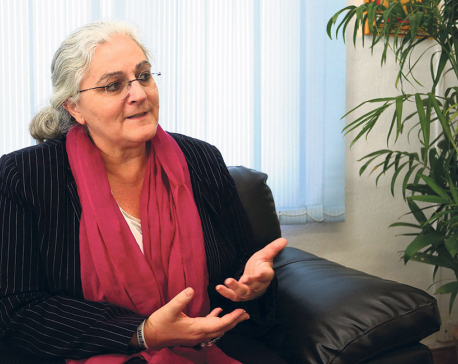
Migration is good. It just has to be done safely
December 18 is marked as International Migrants Day every year. Although both domestic and international migrations have been taking place... Read More...
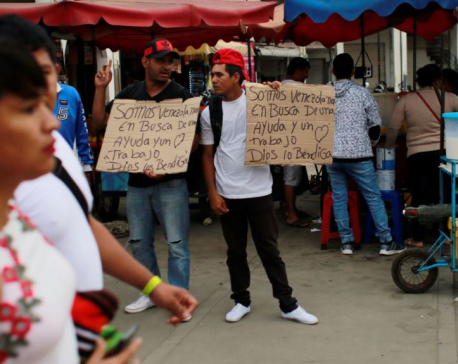
Venezuelan leaders say migration flows are 'normal'
CARACAS, Sept 4: Venezuela’s government said on Monday migratory patterns out of the OPEC nation are “normal” and that the situation... Read More...

Social trend of migration effecting more migration
KATHMANDU, Feb 9: Rather than solely due to the lack of job opportunities in the home country, the existing social trend... Read More...






Just In
- Construction of embankments along seven streams begins in Kailali
- 265 cottage and small industries shut down in Banke
- NEPSE lost 53.16 points, while investors lost Rs 85 billion from shares trading last week
- Rainbow tourism int'l conference kicks off
- Over 200,000 devotees throng Maha Kumbha Mela at Barahakshetra
- Indians vote in the first phase of the world’s largest election as Modi seeks a third term
- Kushal Dixit selected for London Marathon
- Nepal faces Hong Kong today for ACC Emerging Teams Asia Cup




_20220508065243.jpg)




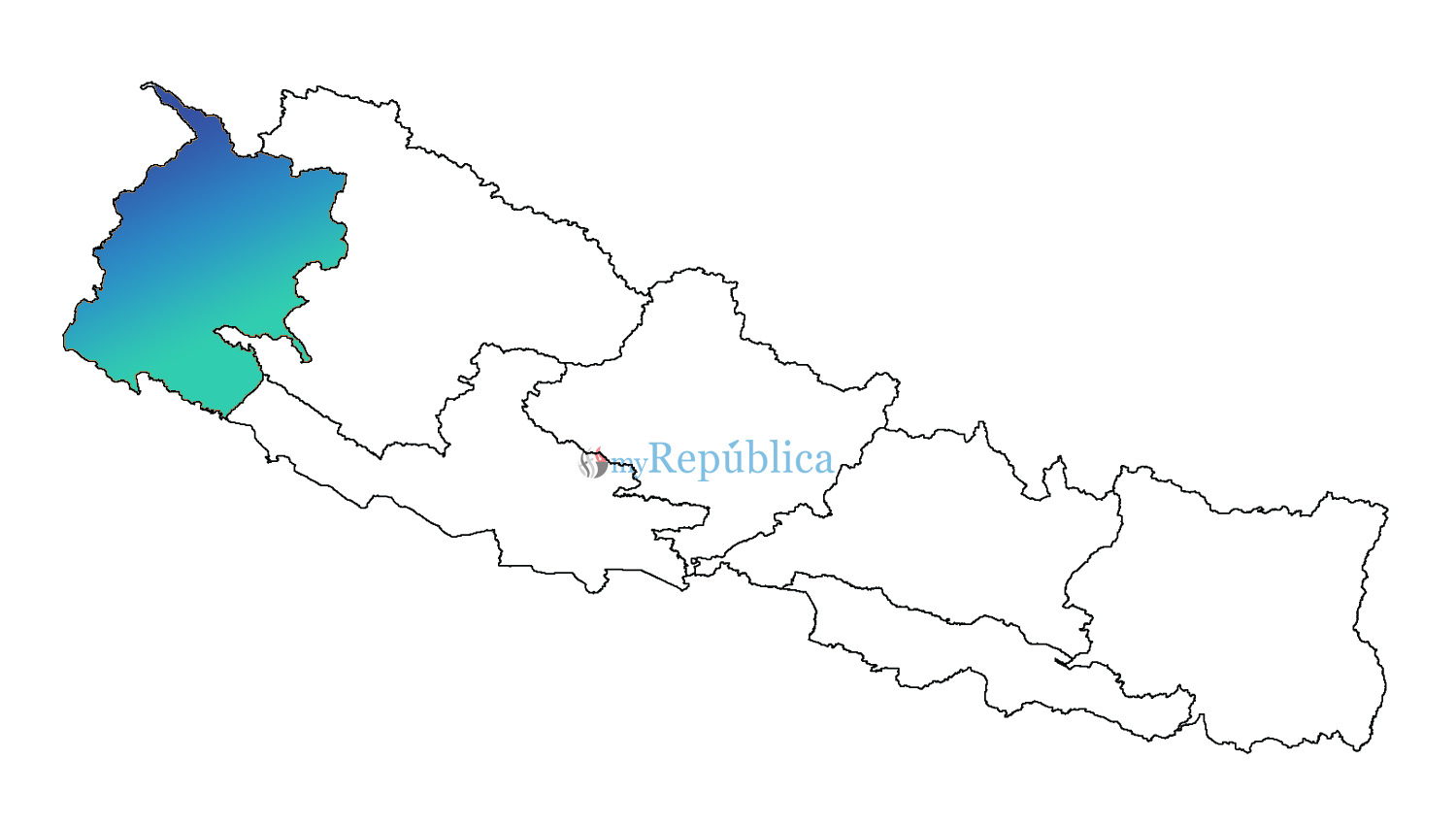
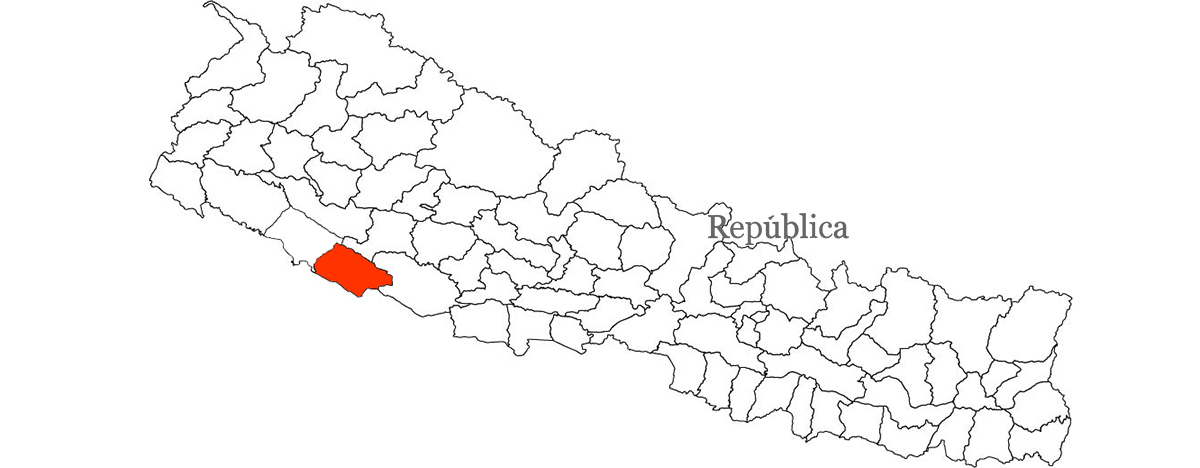
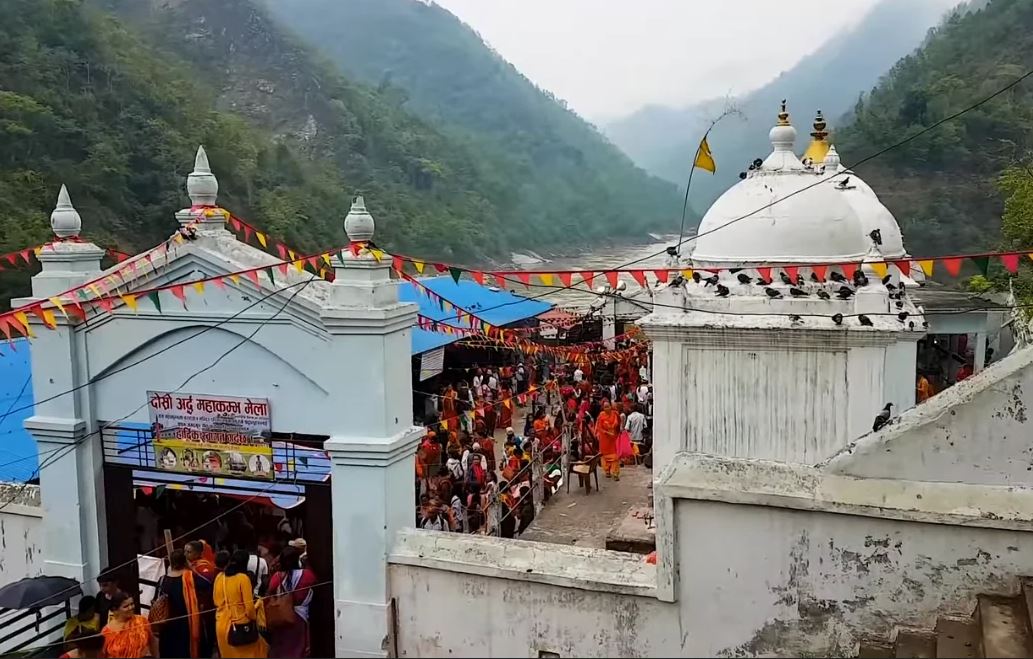

Leave A Comment